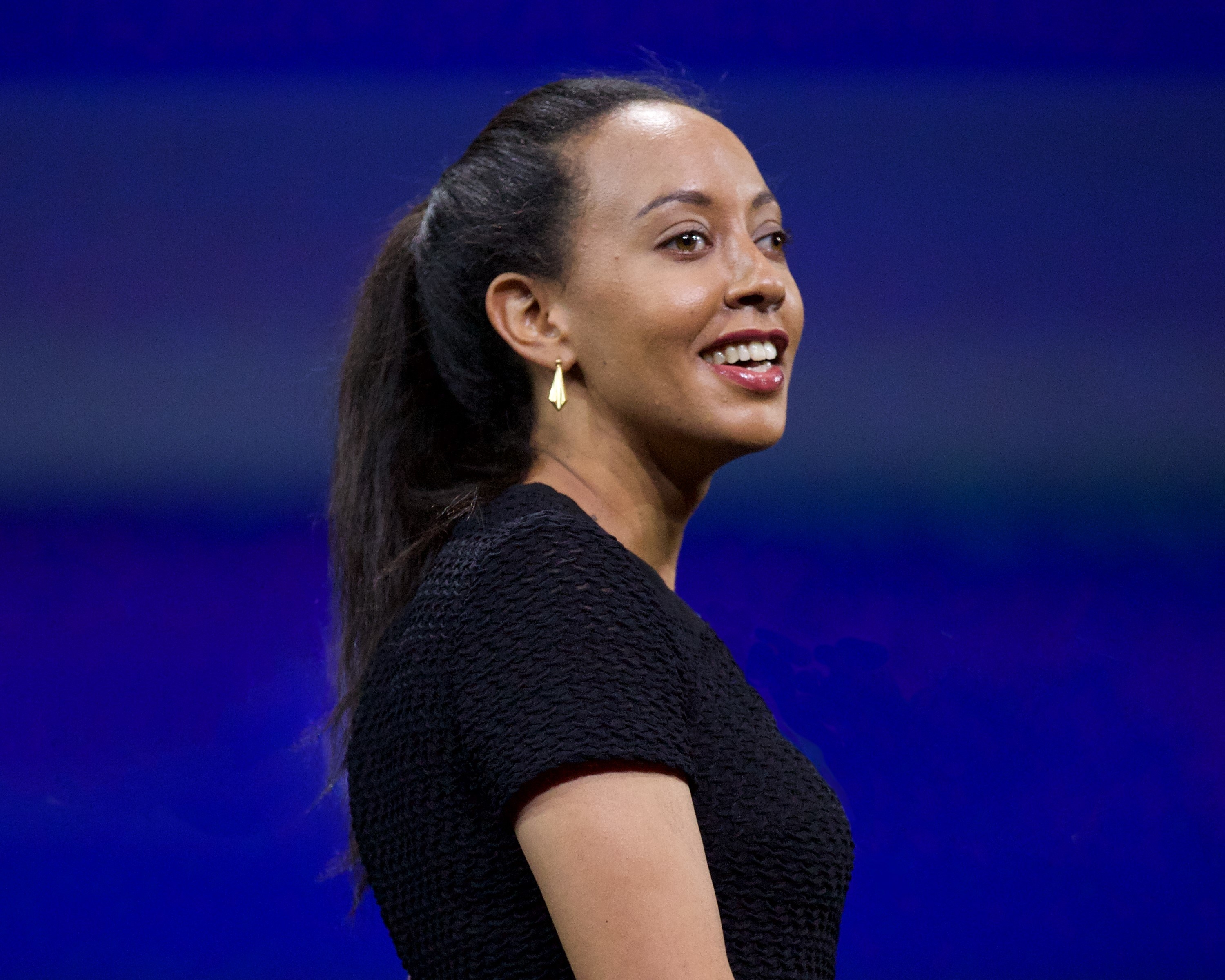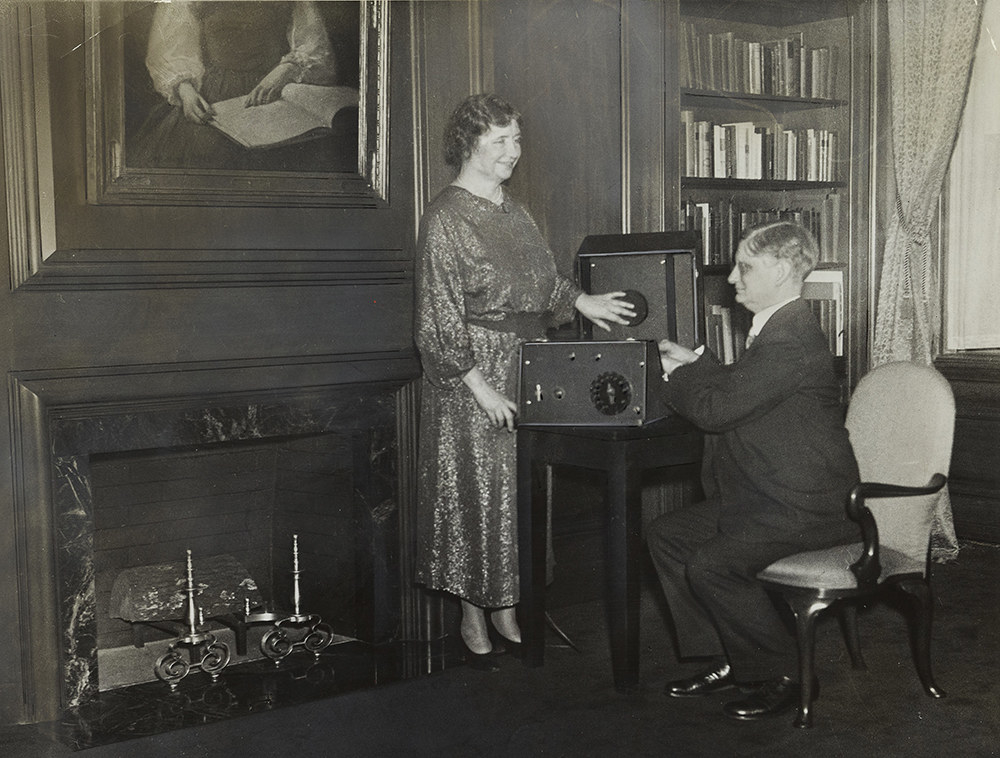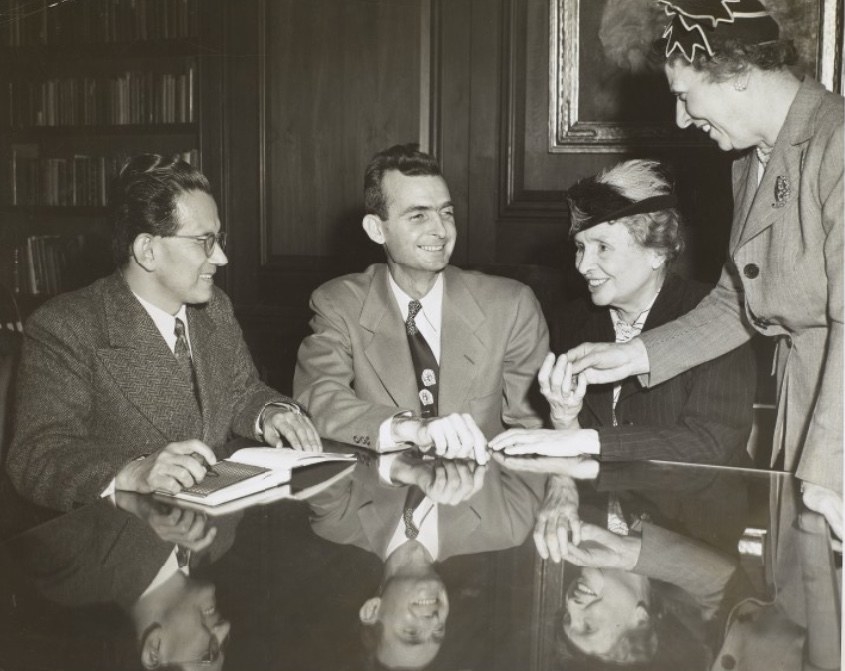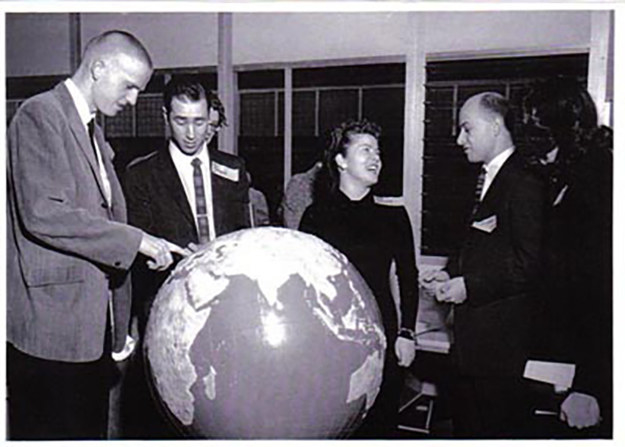Tilly Aston

Dale Chihuly
Many people are familiar with Chihuly’s awe-inspiring, intricate, large-scale glass forms, but may not realize that he is blind in one eye due to a car accident, leaving him without depth perception. He no longer felt it was safe to work with molten glass, so Chihuly used his creativity to find a new way to achieve his artistic vision. He now directs a team of glassblowers and installation artists—up to 90 people per project—to execute his drawings. Chihuly has said in interviews that his lack of depth perception has made him see things differently, and he has gained a new appreciation for the collaborative way he works today, sharing two-way artistic inspiration with his team.
Martha Louise Morrow Foxx

Haben Girma

Christine Ha

Ted Henter

Robert Irwin

Takeo Iwahashi

Sally Mangold, Ph.D.

Abraham Nemeth, Ph.D.
Blind since infancy, Dr. Nemeth became a professor of mathematics, a Hebrew scholar, a musician—and the inventor of the braille mathematics code that now bears his name. The Nemeth Code is a form of braille that transformed the ability of people who are visually impaired to study complex mathematics, and opened up new opportunities for blind students to become physicists, engineers, math teachers, and software engineers. Dr. Nemeth’s inspiration for developing the Nemeth Code was born of his challenges in pursuing an academic career in math, something he was told was impossible for someone who was blind. After sharing his private code with another exceptional blind employee at AFB, where Dr. Nemeth began working in 1943, he presented his code for braille mathematics notation to the Joint Uniform Braille Committee (the 1950s equivalent of the Braille Authority of North America), which unanimously adopted the Nemeth Code. Dr. Nemeth went on to earn his Ph.D. in mathematics and taught mathematics at Wayne State University in Detroit, where he later created the computer science department.
Britt Raubenheimer, Ph.D.
A senior scientist in applied ocean physics and engineering at Woods Hole Oceanographic Institution in Woods Hole, Mass., Dr. Raubenheimer lost her sight suddenly in 2003 due to optic nerve atrophy. Although she admits to fearing at first that she would have to give up her work and many of her activities, that fear was unfounded. Dr. Raubenheimer works with a team of other scientists, students, and engineers, collecting and analyzing measurements to understand interactions among coastal waves and surge, beach and dune evolution, groundwater, and winds and precipitation during extreme storms. While many are evacuating an area when a hurricane is approaching, she can often be found on her way to the beach. Using the instruments needed to study the ocean requires SCUBA, and Dr. Raubenheimer is the only legally blind, certified, university research diver. She has maintained her passion for skiing and hiking, among other activities, and is often accompanied by her guide dog, Hugger.
Stevie Wonder

This list — only a tiny sampling of the many blind people who have been leading the way — shows what creative, capable problem-solvers they are. We need even more blind and visually impaired Americans in top levels of leadership in the workforce. There, they can catalyze the kind of systemic change that will help us work together to create an accessible, inclusive world for the millions of Americans with vision loss.

